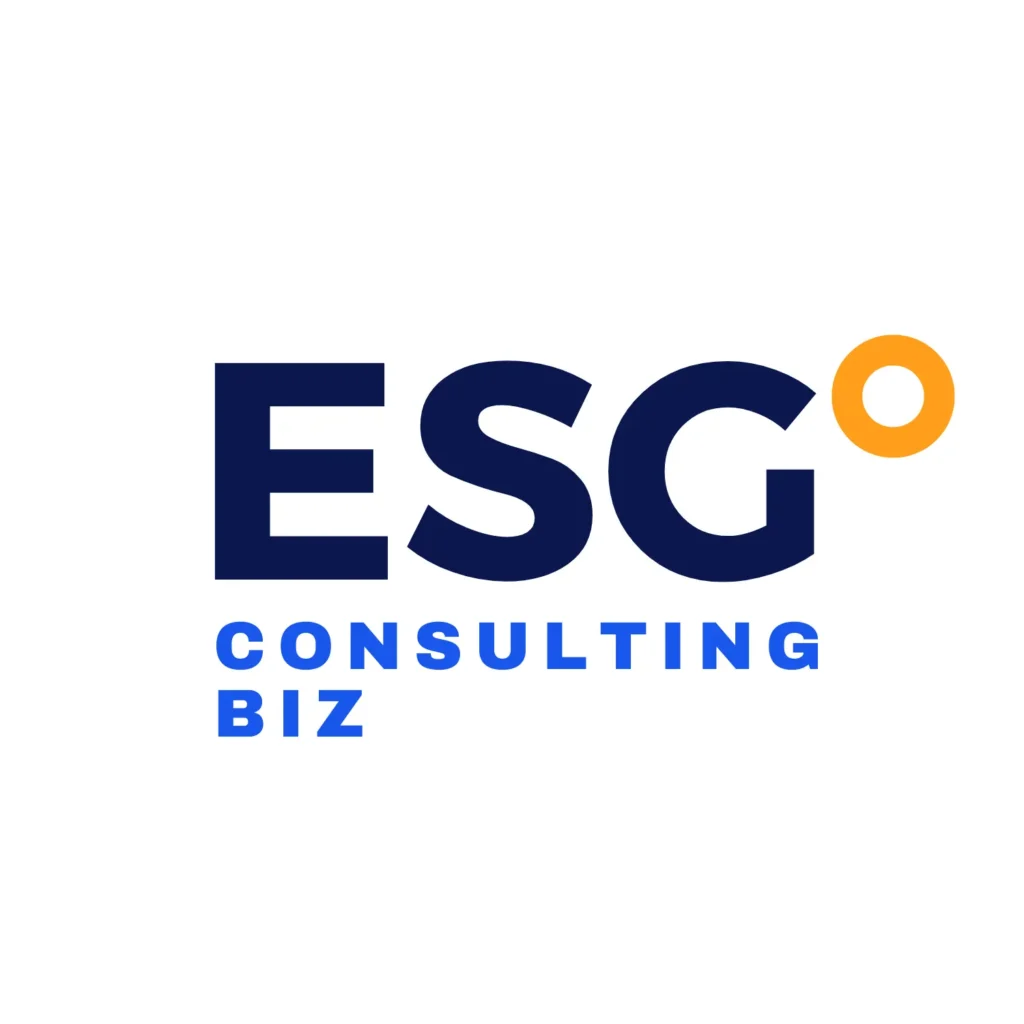For the past few weeks, I’ve been sharing practical tips for making strong business case for sustainability.
Today, I’m going to unveil my secret weapon. But before I do, let’s recap:
#1 Meet people where they are. Use recognizable language and meet their level of understanding.
#2 Understand and appreciate differences in perspective. Don’t assume that Sally over in facilities and Glenn in HR are going to perceive how sustainability can benefit their company in the same way.
#3 Identify and leverage sustainability drivers to align your ESG consulting services with what is driving the client to seek help, and the secondary drivers not yet apparent to them which is the topic of today’s note.
Alright, on to my “secret weapon” . . .
This is a tactic that has led to more yeses than no’s — and it is leveraging something I call the value trifecta.
The value trifecta is a company’s customers, vendors and competitors and it’s where you can find secondary drivers
I use this strategy to improve the chances that the business case I have formed using the previous steps is iron clad.
When I’m interested in working with a client – regardless whether they’ve come to me or visa versa – I research their value trifecta to see what I can uncover.
First, I research companies that represent my target’s largest customers.
If I have exact company names, great, but it’s not necessary as long as I know what size and sector they serve.
I note if they’ve published a report and if so, I glance through it looking for bold commitments that require supply chain involvement.
Since they represent a key customer for my target, I can point to examples such as a sustainable purchasing policy, reporting requirements, GHG reduction goals or other ESG best practices.
Next, I look at their own suppliers and vendors to see if I can find mention of supply chain disruptions, volatile costs or other potential risks related to where they source critical materials and services.
At this point, it may seem counterintuitive to look downstream, but if my target is worried about its supply chain and wants its vendors to reduce ESG risk, then the opportunity to lead by example becomes part of the business case.
Last, I take a look at competitors and industry associations to assess whether my target is leading or lagging.
Knowing who’s doing what in the industry sector, especially if it’s timely, can demonstrate that investments are being made by others in ESG – or illustrate the ability for your target to lead the way.
In the News:
Nearly 3 in 5 (57%) executives report having implemented a cross-functional ESG working group tasked with driving strategic attention to ESG and another 42% are taking steps to do the same. A similar profile of survey respondents in 2021 indicated that only 21% had implemented a cross-functional ESG working group.
Airlines in the EU will be required to begin paying for excess carbon emissions under a new agreement reached by the European Council and Parliament, aimed at aligning the EU’s aviation section with its climate goals – aka the Fit by 55 Plan that was outlined last year.
Virtual Events:
Carbon Removal 2022 – Progress and Predictions for the year ahead. Panelists include a representative from the newly formed Carbon Business Council Dec 12, 1 PM EST
Draw a Hands-on Sustainability Plan – I have found value in listening in on how other consultants and entities approach this topic. This one says it connects to the SDGs. Dec. 13,
8 AM EST
The Year in Sustainability – Catch up with the flurry of activity this year with a review of frameworks, legislation, and framework bills Dec 14, 12 NOON EST
As we round out 2022, are you ramping up or winding down? Drop me a line and let me know!
Heather
